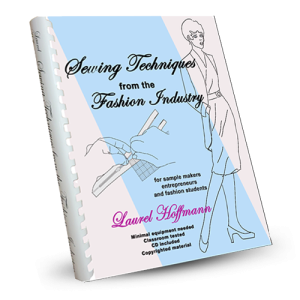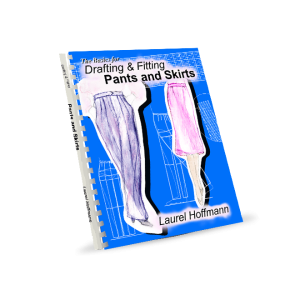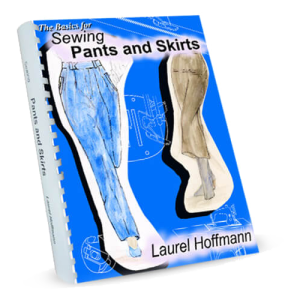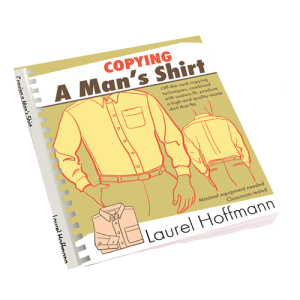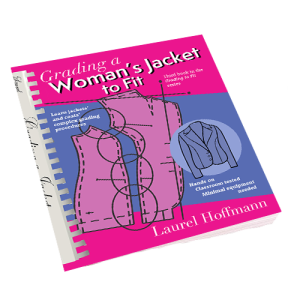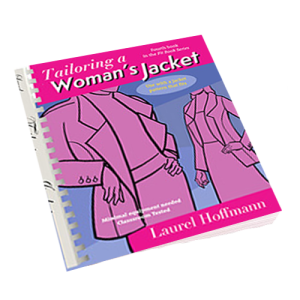Responsible Consumer Sustainability

You can assist a global movement to help with reducing clothing waste. YOU can make a difference!
Why? Because the industry makes what sells. If you buy it, the market will make more.
Ever notice that whatever you see in one store you see in all? This is why: Industry makes what is selling. Reps that sell a manufacturer’s garments to buyers often rep more than one manufacturer. Gofers, usually young women just out of fashion school who shop the stores to see what is sold, buy the garment(s) that sell on credit. Reps and gofers take the garment(s) into a competing manufacture’s designing department where the garment is copied, then put on the market, usually at a lower price. When I worked in industry I would copy the garment on Monday morning, test the patterns and have my sample maker make one sample. Then I would grade the patterns, do the layouts and draw them to scale on Tuesday, send the patterns and scaled layouts to the cutters on Wednesday. A single cutting was always 500 or 1000 garments. The cutting would start down the line on Thursday. Friday the garments would pass me, hanging on the racks, on their way to the shipping department.
The average USA citizen buys 60 pieces of clothing a year, much of which is discarded within a year, ending up as trash in Third World countries. Much, if not most of today’s clothing is made from synthetics – usually oil, a nonrenewable energy source. It takes at least 500 years for most of these synthetics to decompose.
- Polyester. Polyester comes from synthetic materials derived from petroleum-based chemicals or petrochemical products. Polyester is also known as polyethylene terephthalate (PET).
- Nylon. Nylon is one of the world’s most versatile synthetic materials. It’s a petroleum-based plastic polymer widely used to make fibers and textile fabrics in the fashion industry.
- Acrylic. Acrylic is a petroleum-based synthetic fiber widely used to make fabrics for fashion. The synthetic material comes from Polymethylmethacrylate (PMMA).
- Polyurethane. Polyurethane (PU) is an artificial leather made of thermoplastic polymer.
If you are concerned about this, here is what you can do to help provide a solution:
It will save you money and time, organize and improve your wardrobe. You will look terrific, but your friends won’t know what you have done. Your friends will tell you how good you look, ask if you have been on vacation, etc. They will want to know what you did.
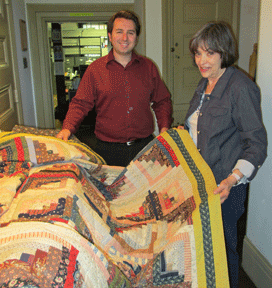
This worked for me, and it will work for you
- This is not a new idea! Back in the 1800s women were well aware of color palettes.
- My paternal grandmother was a dark autumn. Her best quilt that she made from her discarded clothing when she was a child in the late 1880s, proves that (see photo). She was a seamstress who made and bought much of my clothing when I was growing up. She always selected colors and patterns that looked good on me.
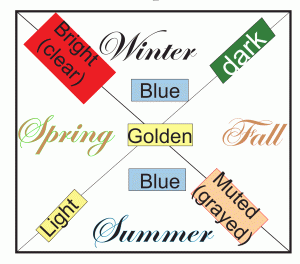
Fascinated with Color Me Beautiful, I sat in on numerous sessions at the franchise. I was stunned by the difference color made in the attendees’ appearances. If I came with a friend, I could sit in for free, so I made friends in fabric stores and anywhere else I met strangers. I needed to know how color analysis worked, because, as I told my students, After I have taught you how to sew, you will be able to make anything, which means you will be able to make yourself look pretty awful.
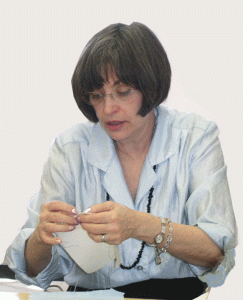
My son Andrew and I just filmed Organizing Patsy’s Wardrobe, showing wardrobing and color procedures. The video will be televised on PhillyCAM.org and up on our YouTube channel in a couple of months. Patsy is Patricia McLaughlin, the syndicated columnist who wrote Style, published years ago in the Inquirer’s Sunday magazine and other publications throughout the USA. I met Patsy when she took my continuing-professional-education program at Jefferson University.
Comments are welcome.
Thanks for reading,
Laurel
LaurelHoffmann-YouTube
https://laurelhoffmann.com/
https://www.facebook.com/CFashionEdu
https://www.linkedin.com/in/laurelhoffmann/
https://www.instagram.com/laurelhoffmann4015/
RSS Feed: https://laurelhoffmann.com/blog/
https://www.ravelry.com/projects/LaurelHoffmann
https://www.yelp.com/biz/laurel-hoffmann-oreland
https://www.thumbtack.com/pa/philadelphia/drawing-lessons/fashion-drafting-sewing-books-classes
e-mail
Phone: 215 884 7065
